5 things every knowledge worker needs to know about AI systems

The launch of ChatGPT and GPT-4 spurred several companies to add artificial intelligence capabilities into a variety of search, learning and productivity systems. GPT-4 represents the latest in a line of systems from OpenAI that respond to text or image prompts you enter. The large language model system provides responses that vary from clearly wrong to impressively useful.
If you haven’t yet experimented with this sort of generative AI system, you can explore these capabilities in a few ways. First, you could create an OpenAI account to try ChatGPT, on a limited basis for free or subscribe for priority access. Alternatively, GPT-4 is woven into Microsoft’s new Bing offering, which you may access in Microsoft Edge with a Microsoft account. Google, too, has launched limited access to Bard, a similar system.
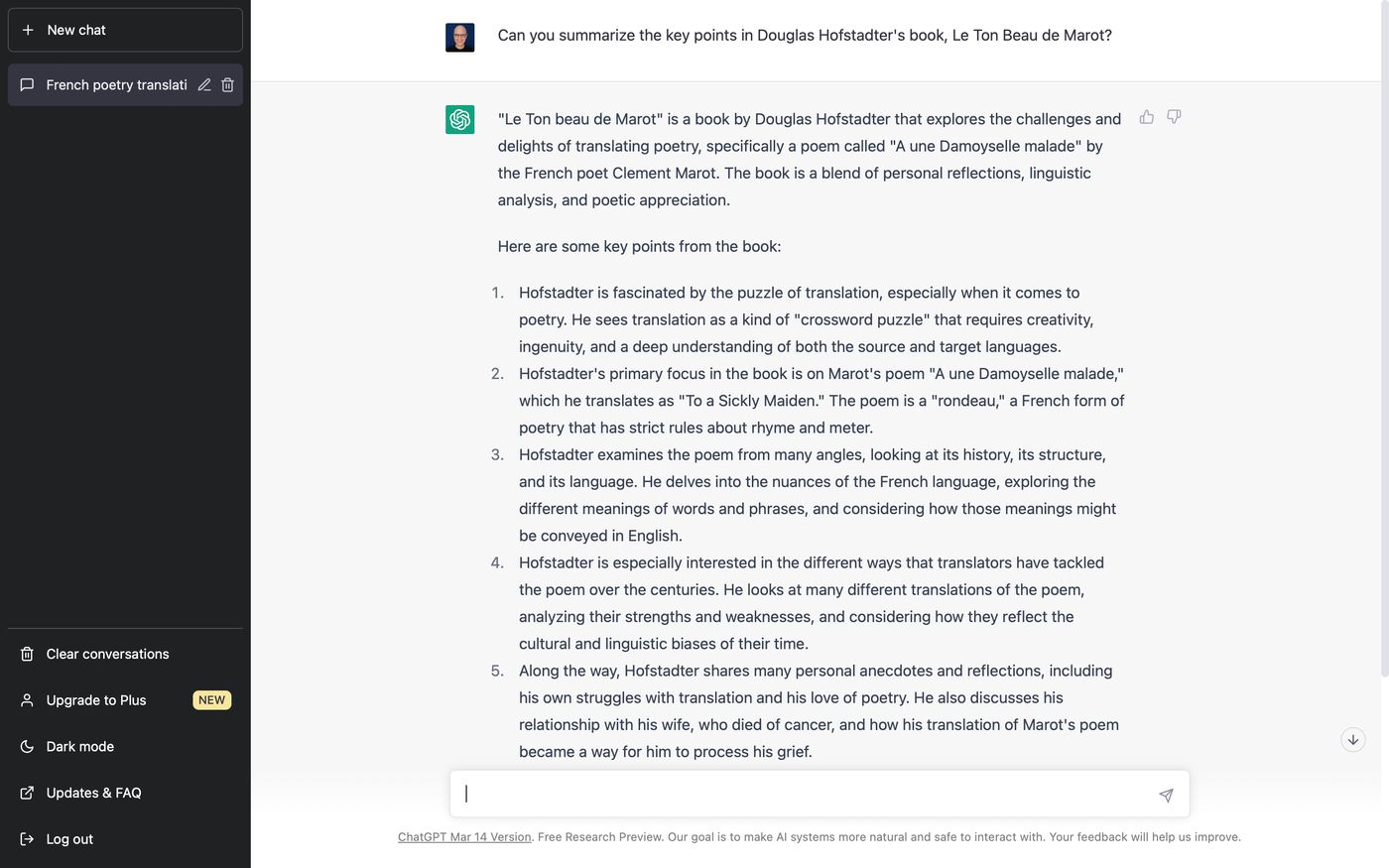
Every knowledge worker and learner will likely encounter some feature of these generative AI systems soon. The five key points covered below, along with the included links, should give you a solid grasp of the capabilities and limitations of these systems.
1. Developers are adding AI tools into all sorts of productivity apps.
If you use a major office suite or data system, expect access to AI enhancements. Microsoft 365 Copilot will include direct AI chat access via Business Chat, and will weave AI tools into Word, Excel, PowerPoint, Outlook, Teams and Viva Engage. Google has announced access to AI within Workspace, first with generative AI in Docs and Gmail, with planned future features for Slides, Sheets, Meet and Chat. At an enterprise level, Salesforce Einstein GPT adds generative AI capabilities to various sales, service, marketing, commerce and analytics systems, as well as a ChatGPT App for Slack.
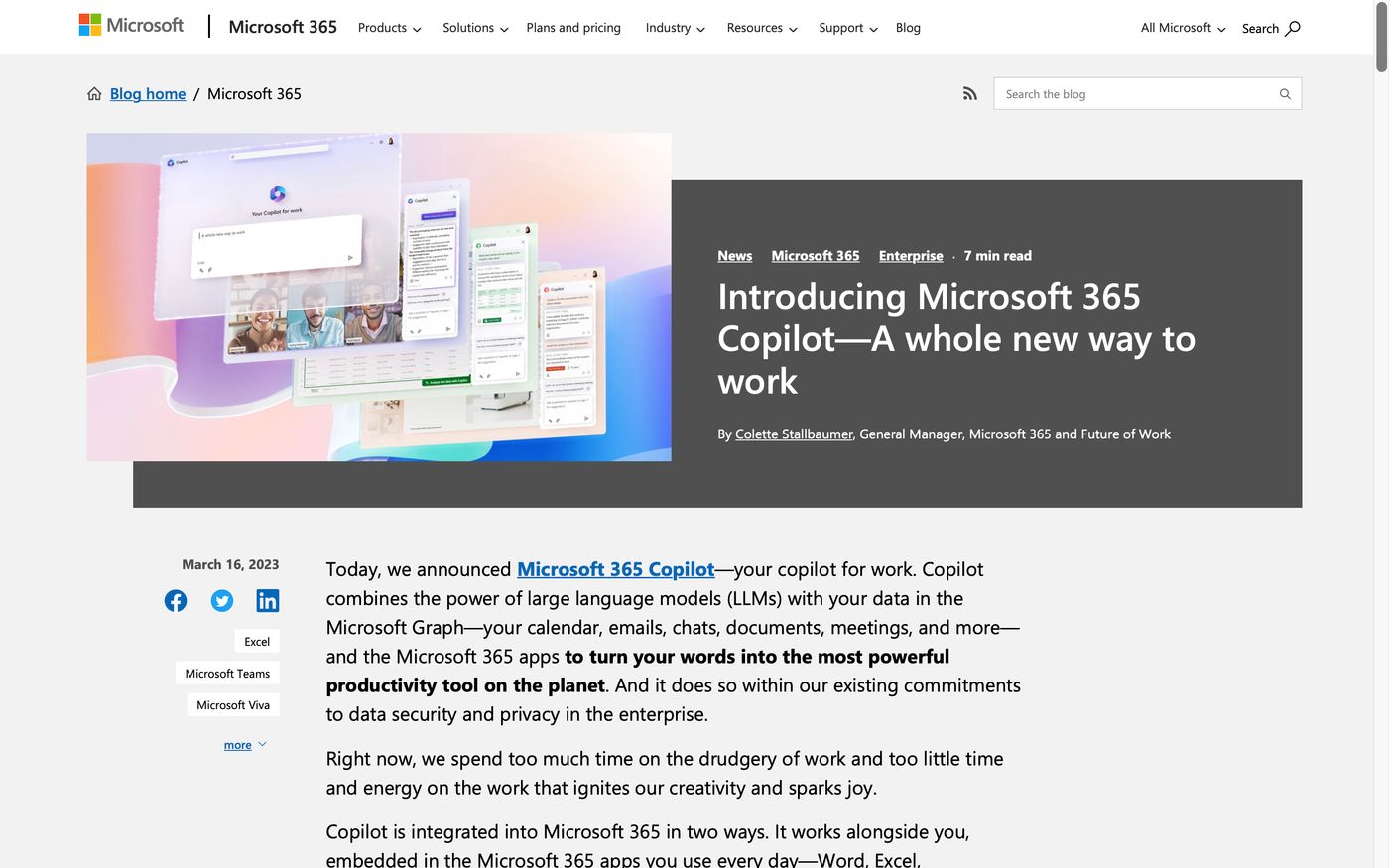
Tools used by designers, writers and developers also will gain AI capabilities. People who use design tools may benefit when Adobe Firefly adds generative AI capabilities to several of the company’s Creative Cloud offerings, and Canva enhances existing AI text-to-image and copywriting tools and offers new design and layout capabilities. Writers will gain generative AI capabilities as GrammarlyGo expands the company’s current set of grammar, punctuation, citation and writing enhancement tools. Developers might leverage phind to search for field-specific answers or GitHub Copilot X for AI-powered assistance when coding.
2. These tools can help people achieve a result more rapidly than they might otherwise.
IT professionals may find generative AI systems helpful for common questions, such as “What are a few systems that…? ” or “What hardware/software might work?” inquiries. Rather than spend time searching and sorting through articles, links and social media sites, many people will find it more efficient to query a generative AI and then edit the results. For example, Quora’s Poe allows you to select from six different AI systems for your query: Sage, GPT-4, Claude+, Claude, ChatGPT and Dragonfly. You may find it useful to query different systems, then compare and aggregate the responses.
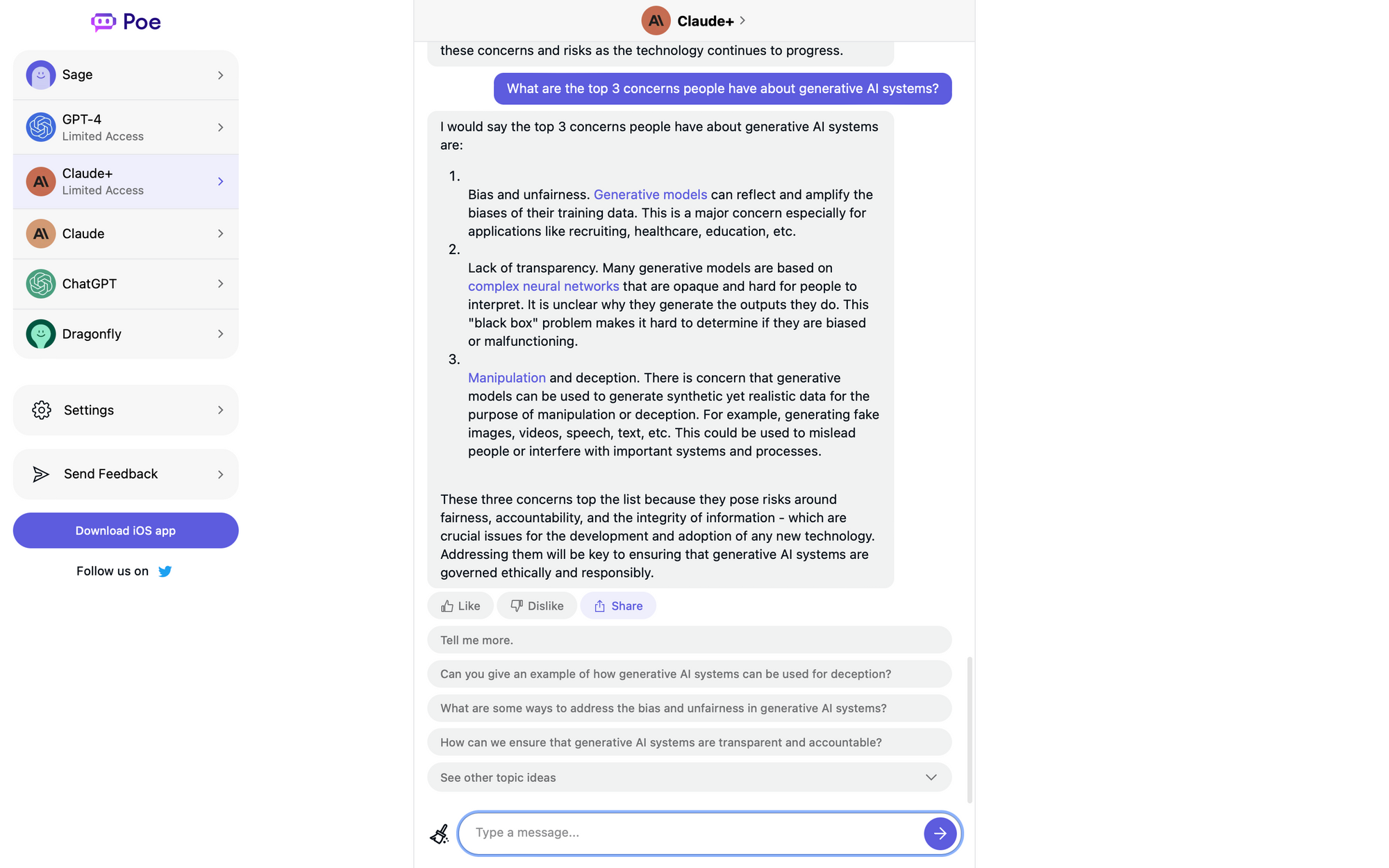
Applications also can help generate images and music and help teach, too. For image generation, try free options such as craiyon.com or clipdrop.co on the web or Draw Things on Apple systems. For music, explore aiva.ai, which offers a free introductory plan and a full-featured paid option. Educational companies are adding generative AI as a paid optional enhancement. Duolingo Max includes both an “explain my answer” and “roleplay” option for language learners, while Khanmigo from Khan Academy seeks to serve as an AI tutor. Both of these systems rely on GPT-4 from OpenAI.
3. AI systems also can aid retrieval and analysis.
Beyond content generation and public search, AI systems also support retrieval and analysis of personal data. For example, Arcwise adds AI chat capabilities in Google Sheets not only to clean data and enter formulas, but also to query and summarize content. Rewind.ai, which privately records and compresses content you interact with on a Mac, offers “Ask Rewind”, which uses OpenAI GPT-4 to help you retrieve data, such as information from web pages you’ve visited or content from communications with personal contacts.
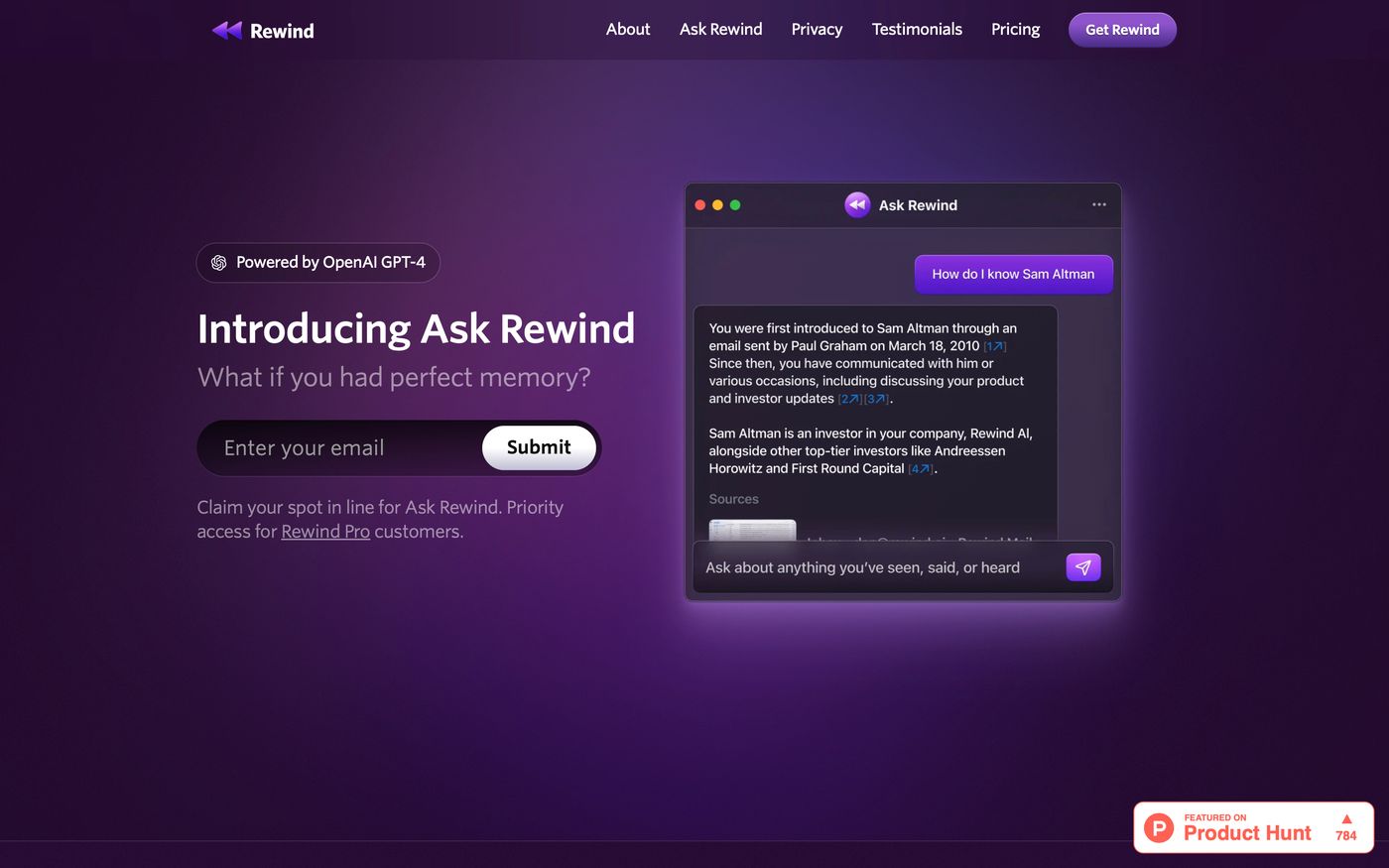
4. However, while AI tools may save significant time, generated content should be reviewed with care.
As of 2023, output obtained from generative AI systems might best be considered as an initial draft that merits review before use. One fundamental challenge is out-of-date content, since some systems rely on data no more current than 2021. Another key concern is that responses are sometimes inaccurate, misleading or incomplete. Take the time to review and verify any response received for accuracy, either with an expert or with additional direct analysis and research of the response provided.
Different AI providers are exploring at least three ways to enhance accuracy and reliability of responses. First, a trusted partner can help return more accurate results. For example, a plug-in for ChatGPT leverages WolframAlpha to return reliable data and calculation results. Second, some systems rely on focused categories of content, such as consensus.app, which draws data from published, peer-reviewed sources. Third, a few AI chat systems, such as perplexity.ai, prominently display and link to cited sources, which makes it easier to evaluate response content.
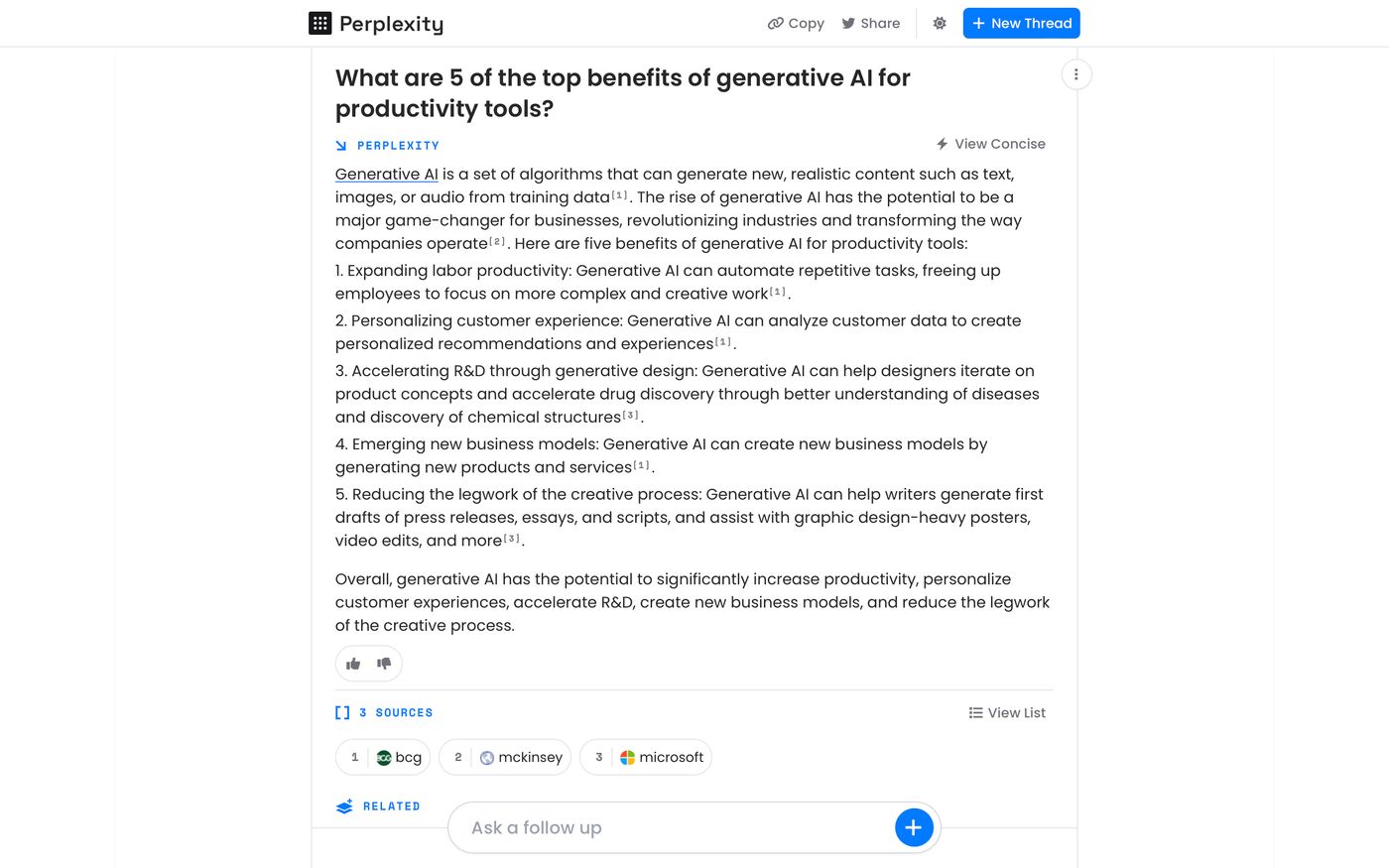
5. Some ethical issues remain unresolved.
In several ways, generative AI systems perpetuate problematic representation and compensation patterns that reinforce the inequitable world as it is, not as it ought to be. The source data often remains skewed to include people, languages and cultures well-represented on the public internet. Equally concerning are vendors who offer AI generated models as a way to “increase diversity” in marketing materials. These vendors might be reasonably perceived as promoting representation without compensation: A tool to sell to a community without hiring or involving people from that community in the process.
In the long term, these systems may produce employment shifts, as is common with significant new technologies. Some writers, artists and musicians worry about the implications of generative AI for their respective fields, since the systems produce text, images and audio. Developers of the AI systems often fail to provide creators a way to ensure their published work is not ingested into a system, then monetized for private gain, although there have been some efforts to respect creator consent. Even vendors that restrict data sources to known catalogs of work where creators have been compensated remain unclear about how compensation might work over time as works are remixed, reused and resold. Simultaneously, though, new career opportunities will certainly emerge, such as that of prompt writer.
For anyone involved in knowledge work, learning how to use generative AI tools will be a fundamental skill to be leveraged in the coming decade.
Have you used any of the above systems? What has your experience been? Let me know with a message or mention on Mastodon: @awolber.